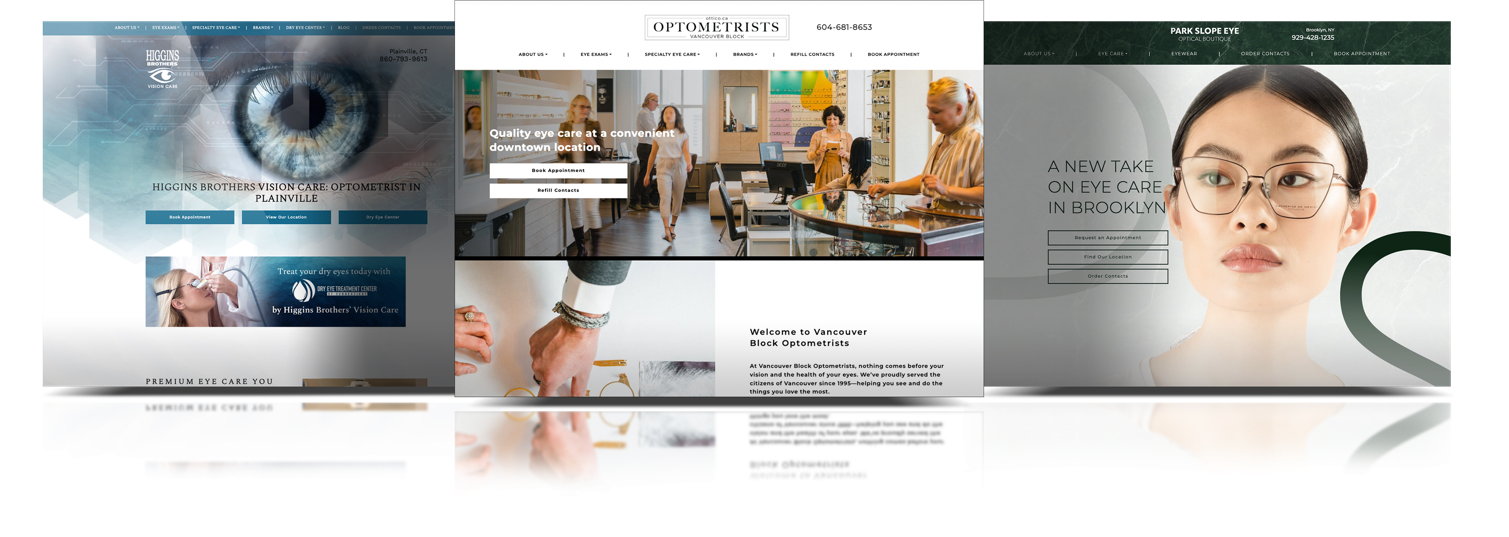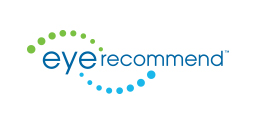If you are concerned about how your website performs and what you may want to improve, tracking your progress through various metrics can help. When you’re creating a marketing plan to generate leads, get butts in chairs, and garner good reviews, ask yourself what you want to achieve. Then ask yourself how you can measure your success.
When it comes to digital marketing, there are many moving parts. The metrics you’ll likely want to track depend on your goals and will provide valuable insight on how you can reach them.
Marketing Metrics to Evaluate Your Business
Web and marketing analytic tools can tell a story and give you a detailed picture of your efforts and performance. But measuring your metrics is only half the battle. A clear understanding of your metrics can help you direct investment and create a successful strategy.
How Are You Being Found?
One of the most important metrics you should focus on is how much traffic you’re receiving online. Finding out how visitors are finding your site can help you keep your traffic diversified.
For example, if you find out your only source of traffic is through one source, and something happens to that source, you could lose all traffic overnight.
There are 3 main sources of traffic:
- Direct visitors, that get to your site by typing the URL directly into their address bar
- Search visitors, that get to your site by through a search engine like Google
- Referral visitors, that get to your site from an external link on another website
If you find you are only getting traffic through search engines, you may want to invest more in referral advertising to protect yourself, and vice versa.
New vs. Returning Visitor Conversion Rate
Your conversion rate is the percentage of visitors that complete a desired goal, such as booking an appointment, out of the total number of visitors. High conversion rates mean your website is thriving, and visitors want what you’re offering!
Your new visitor conversion rate is very different from your returning visitor conversion rate, and you should isolate the two. When considering new traffic, you can see what they’re interested in when they visit your site for the first time and how you’re making an impression.
You only have a few seconds to make a meaningful impression on new visitors, and they will likely be looking for usability, clarity, and value. Consider what message your website is communicating and how you can improve it.
With returning traffic, you should shift your focus a little. Ask yourself, why would they return to your site? Did they convert the first time they visited? If they didn’t, evaluate how you can adapt to get the conversion on the first visit.
Returning visitors are generally easier to convert because you have already made enough of an impression to come back a second time. Increasing return visitor conversion rates
Interactions
If your visitors are not converting, all hope is not lost. Suppose visitors on your site spend time clicking through pages, reading the information, and interacting with your content. In that case, you can use this information to understand what on your website is attracting interest and what may not be working.
You can also leverage your visitor’s interactions to increase your conversion rate. Evaluate what is drawing interest and what you can improve on.

Engagement
Engagement is a “soft metric,” which means it will not give you a definitive return on investment. However, engagement is incredibly useful when determining your brand awareness and what sources bring in patient interest.
Engagement is typically seen through social media with likes, comments, and shares. Social media leads can be especially helpful if you have a high engagement rate as patients spending time on your social media platforms may be more inclined to follow a link you share.
Search Engine Optimization
One of the most important things to consider, especially to healthcare-centric businesses, is how easily your patients can find you. SEO, or search engine optimization, describes your “rank” when a potential patient is seeking out eye care practices on a search engine.
Local search ranking is key to attracting new patients in your market. If you think about it, when someone is searching for optometrists in your area, you’d like to be one of the first organic results to show up. One of the ways you can measure this is through branded and non-branded keywords. Take a look at each keyword’s difficulty and how many searches it collects. You can evaluate which keywords will produce the best results and adjust your website accordingly.
End-of-Campaign Assessment
After completing every campaign, you should evaluate its performance to see if you reached the goals you had initially set. Depending on the campaign, you will likely need to track different metrics to determine its effectiveness.
Assessing each campaign’s metrics will help you determine its success and give you information on how to tweak future campaigns to achieve goals. You can also use this information to strategize different campaigns based on what worked and what did not.
To Sum it Up
Calculating and tracking various metrics plays a crucial role in your online and offline success. It’s important to know what exactly to track, how to follow it, and what the numbers mean.
If this is even a little bit confusing, we can help. Book a free no-obligation website audit today to go over some of the numbers and see how you are currently performing. If you need a little assistance to reach the goals you have in mind, we can help.
































